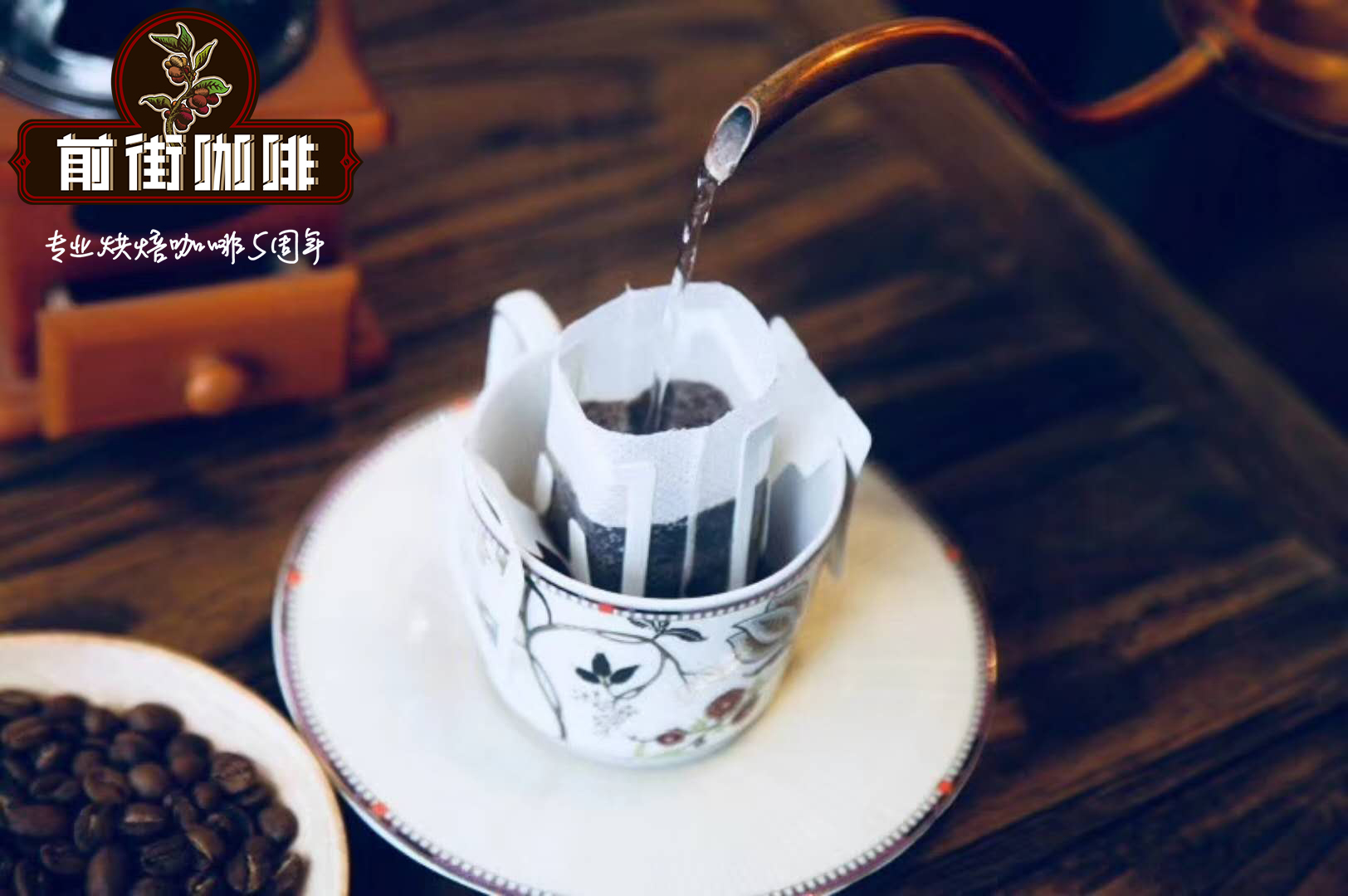What are coffee roasting defects | what are the characteristics of baking defects | judgment of baking defects

Professional coffee knowledge exchange more coffee bean information please follow the coffee workshop (Wechat official account cafe_style)
When it comes to coffee defects, most of the time I think of either mixed with defective beans, or brewing problems, in fact, there is another situation, that is, baking defects! So what are baking flaws? Qianjie Coffee to introduce to you!
Baking beans is a technical job, and no one can bake coffee beans perfectly for the first, second or even tenth time. Among them, it requires professional knowledge and the accumulation of various abnormal situations in order to better understand and control your baking curve. But when you know some problems and the reasons behind them, baking beans becomes much easier.
1 | BAKED COFFEE roasted coffee beans
The long baking time before explosion is the main reason for the production of baked coffee. Unfortunately, this flaw is not visible to the naked eye and can only be identified by taste. Usually, baked coffee is accompanied by a plain flavor and no sweetness, which is described as bread or paper.
| 2 | UNDER DEVELOPMENT is not fully developed |
Underdeveloped beans tend to have a "grassy smell" and lack the aroma of caramel. When the bean baker wants to do shallow baking, sometimes the development is not complete. At this point, the baker needs to adjust the baking curve slightly.
3 | OVER DEVELOPMENT is overdeveloped
The opposite of incomplete development is overdevelopment. There is only a slight difference between "deep baking" and "overdevelopment". According to Matt Perger, there is no such thing as "overdevelopment".
However, it is still a mistake to bake deeper than expected, which is a flavor that many professional consumers do not like. These coffee beans look black, oily and sometimes even scorched. The cup test will have a charred, bitter taste, with a smoky and peat flavor.
* Black beans are just one kind of over development.
4 | QUAKER beans
Beans are essentially immature coffee raw beans, which are difficult to identify in the manual sorting of raw beans. They are usually caused by poor soil and limit the accumulation of sugar and starch during growth. Technically, this is not a baking flaw, but it is usually found only in roasted coffee beans.
Beans are lighter in color than coffee beans baked in the same oven. If they are not singled out, they will bring dry, paper and grain cups.
5 | SCORCHING burnt beans
When the temperature in the furnace of the bean dryer is too high and the rotational speed is too slow, scorching will occur. Burnt beans are very easy to identify. Dark, charred patches appear on the flat part of the surface of the coffee bean-the whole bean is actually scorched. These coffee beans taste noticeably oily, smoky, and even look like burnt meat.
6 | Coking beans on the edge of TIPPING
Beans are similar to burnt beans, but the main difference is that the charred marks are mainly on the edge of coffee beans. This usually happens during the second explosion, although it is said that too high furnace temperature can also lead to beans.
How to detect and prevent baking defects?
Bean bakers can use professional equipment, such as a coffee baking analyzer. These devices do not prevent defects, but they help measure baking consistency.
When baking beans, use the quality Control Table to record the different physical changes experienced during coffee roasting. At the same time, recording the ROR will help to understand the development and changes of coffee beans, which in turn will help to adjust the roasting in time to prevent defects.
In addition, these basic information records will help to find the best baking curve for each coffee bean. Baked beans can never be distinguished and made by color alone. From the outside, the two kinds of beans may have the same color, but the curve they form this color is different, which will determine the final cup test flavor.
What is a baking flaw?
one. Jiaosheng (the bean heart is not cooked) or it can be understood that the baking degree inside and outside the coffee bean is inconsistent. When this defect occurs in the case of shallow baking, it feels like, 1, light (the baking degree inside the coffee bean is not up to expectations. Did not convert enough water-soluble substances) 2. Planting grass smells fishy (it's easy to understand, why do you eat raw meat? ). I haven't really tried deep baking (because I'm mostly light).
two. Scorched (too much firepower for hold): you can tell from the appearance of the beans:
1. There are scorched black spots at both ends of the beans. (note that sometimes the small black spots on both sides of the beans are not necessarily burnt with too much firepower, or they may be moldy raw beans, because the defects of raw beans also occur at both ends of the coffee beans. )
2. Large-scale scorching on the surface of beans.
The whole beans are burnt! Coffee with such defects usually has a lingering and obvious bitter taste in the deep throat.
three. Impurities pour back (kiln baking), when baking, the opening and closing of the throttle is not good. Different stages of kiln roasting show different odors. Here, the kiln roasting in the first stage of roasting will make the coffee taste salty and sour. The kiln roasting at the back end of the roasting will make the coffee smoky and bitter.
four. The baking degree is uneven, and there are many reasons for this defect, which may be:
1. There is something wrong with the design of the mixing blade of the roaster.
two。 There are too few baked beans.
3. It's still too much firepower.
END
Important Notice :
前街咖啡 FrontStreet Coffee has moved to new addredd:
FrontStreet Coffee Address: 315,Donghua East Road,GuangZhou
Tel:020 38364473
- Prev

Ethiopia mocha coffee Starbucks Ethiopia Ethiopia
Coffee workshop (Wechat official account cafe_style) Yamen is located in the Asian continent of the Arabian Peninsula, but very close to the African continent just across the Red Sea and the Gulf of Aden Gulf of Aden to, however, other Arab countries do not produce coffee, so the world has classified Yemen coffee as a member of North Africa coffee. that
- Next

Mexican Coffee style Mexican Chiapas Coffee beans taste
Professional coffee knowledge exchange more coffee bean information please pay attention to the coffee workshop (Wechat official account cafe_style) Mexico is located in the northern end of Central America, the uppermost edge of coffee production belt, Mexico coffee producing areas from the north of coatepec (Cotepe) and veracruz (Veracruz), the middle is the Oaxac (Oaxaca) producing area of Pluma coffee, the southernmost end is and Guardia
Related
- Beginners will see the "Coffee pull flower" guide!
- What is the difference between ice blog purified milk and ordinary milk coffee?
- Why is the Philippines the largest producer of crops in Liberia?
- For coffee extraction, should the fine powder be retained?
- How does extracted espresso fill pressed powder? How much strength does it take to press the powder?
- How to make jasmine cold extract coffee? Is the jasmine + latte good?
- Will this little toy really make the coffee taste better? How does Lily Drip affect coffee extraction?
- Will the action of slapping the filter cup also affect coffee extraction?
- What's the difference between powder-to-water ratio and powder-to-liquid ratio?
- What is the Ethiopian local species? What does it have to do with Heirloom native species?

